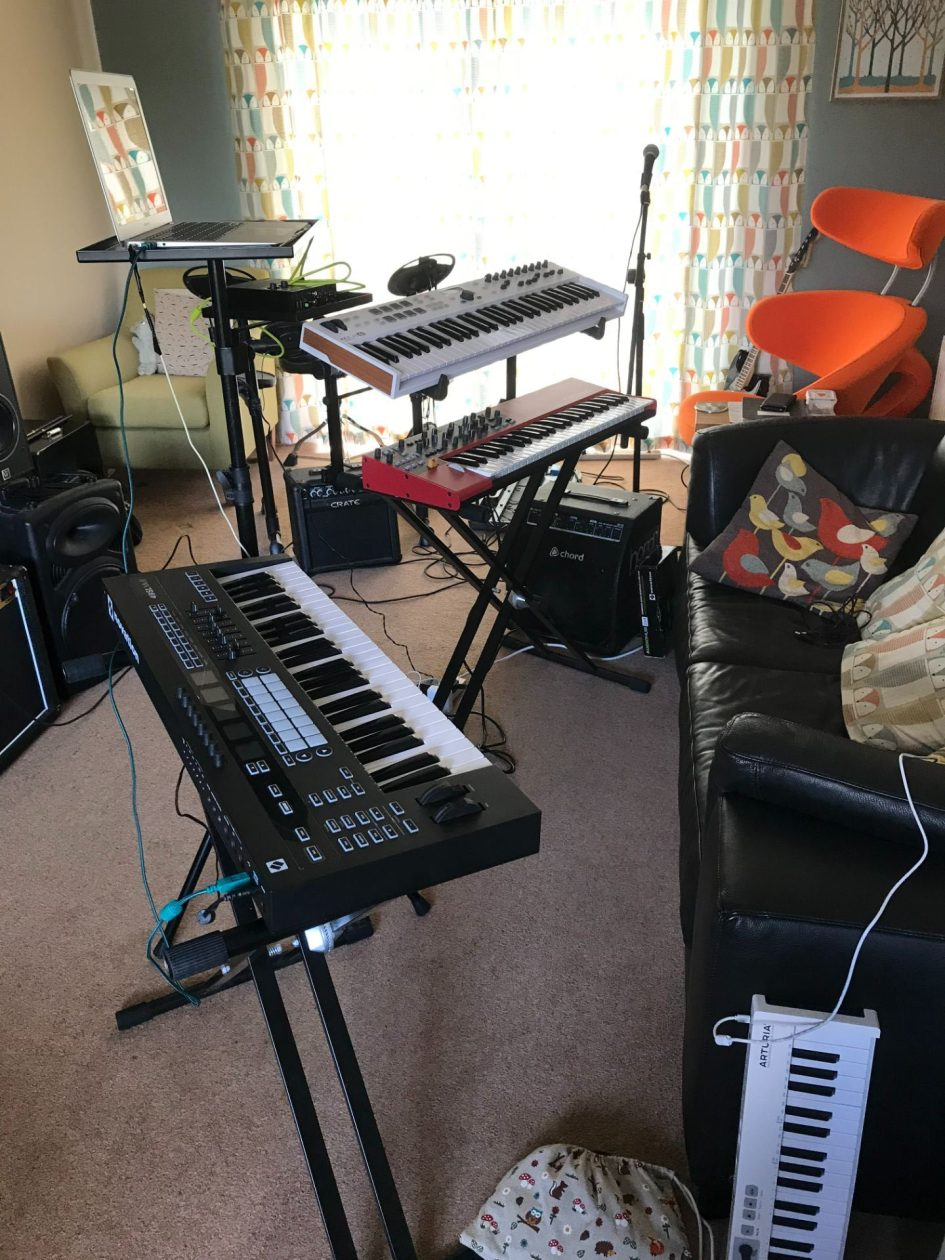Prof Owen Evans, CI for the ECRN, Edge Hill University
While preparing a short presentation on the connections between place and everyday creativity for the launch of the Everyday Creativity Research Network at the House of Lords in March, I went back to a book I bought a decade ago, when I first started thinking about the importance of space and place for wellbeing. Gaston Bachelard first published La poétique de l’espace/The Poetics of Space in 1958, the philosopher of science turning his attention at the end of his career to the realm of art. In particular, the book focuses on the importance of the home as poetic image, which, as John Stilgoe highlights in his insightful foreword, Bachelard saw as a ‘metaphor of humanness’ (1994: vii). That habitation we have sometimes perhaps taken for granted is transformed by Bachelard into more than simply a geographical space; home is celebrated as a ‘felicitous space’ (1994: xxxv; original emphasis) because, in his eyes, it is the portal to the poetic imagination.
In the wake of the Covid-19 pandemic, which saw us all forced at some point to remain at home, it is impossible not to sense some prescience on Bachelard’s part, for the lockdowns imposed by local, regional or national administrations required us to reorientate our daily lives to an existence largely confined within four walls, our ‘corner of the world’ (Bachelard 994: 4). Wherever possible, we had to find new ways of living within those walls to combat the resultant sense of isolation, frustration or despair at not being able to live as we had before, and most significantly of all, not being able to connect as easily with others. As we are beginning to appreciate now, this experience was devastating for so many, young and old, and the scars linger on.
Nevertheless, Stilgoe highlight’s Bachelard’s belief that ‘space can be poetry’ (1994: x). For some during the lockdowns space unleashed poetry, or perhaps more accurately, creativity in the broadest sense of the word as their abode became an incubator for creative responses to the pandemic. For others, that time locked down might have granted time and space to realise quite how creative they have always been in their everyday lives, and how important that activity truly is. Time indoors sparked creative activity for so many people, while many others explored creative ways to inspire creativity in those within their communities who were most susceptible to the damaging impact of social isolation or most vulnerable to poor mental health in an attempt to support their wellbeing.
As the book’s title underscores, Bachelard’s focus is on poetry, and more specifically the poetic image, which he sees as having the power to ‘reverberate’ (1994: xvi) within us. He argues that the mere act of reading poetry can elicit a ‘veritable awakening of poetic creation, even in the soul of the reader, through the reverberations of a single poetic image’ (1994: xxiii). Indeed, he maintains that ‘it is a fact that poetry possesses a felicity of its own’ (1994: xxx) and that such reverberations ‘bring about a change of being’ (1994: xxii). We would argue that everyday creativity as a whole has the potential to animate and foster wellbeing in a similar way.
Although Bachelard is talking specifically about reading poetry, there is an inherent dynamism in the way he describes that act, talking explicitly about it as an ‘awakening’ of creativity. Bachelard contends that we become creative through reading, our imaginations responding to the poetic image, which he interprets as a transformative experience – ‘a change of being’. Indeed, in his commentary on the text, Stilgoe highlights the influence phenomenologist Eugène Minkowski had on Bachelard’s thinking. For Minkowski saw the essence of life not as ‘“a feeling of being, of existence”’, but rather as a ‘feeling of participation in a flowing onward’ (1994: xvi), a dynamic which Bachelard finds in the reverberations stimulated by poetry. With that in mind, and in view of Bachelard’s understanding of reading poetry as energising, transformative and creative, his analysis of the house both as poetic image and creative stimulus anticipates my own particular interest in everyday creativity as an important phenomenon within certain spatial settings.
Everyday creativity has a similar capacity to generate a feeling of flourishing, of reverberation, of awakening as the poetic images Bachelard explores. Indeed, the philosopher himself transposes his view of poetry into a broader context when he declares: ‘Art, then, is an increase of life, a sort of competition of surprises that stimulates our consciousness and keeps it from becoming somnolent’ (1994: xxxiii). We would propose that same stimulation is stirred by everyday creativity as a whole, no matter what specific form it may take for us. Moreover, in certain places that stimulation might even be enhanced, possibly by allowing us to connect with others.


March 12, 2023 at 2:01 pm
Beautiful!
March 13, 2023 at 9:55 am
Interesting! I particularly like this quote ‘feeling of participation in a flowing onward’ – is this related to the idea of ‘flow’ ?
March 21, 2023 at 7:49 am
Yes, I liked that element too, which feels very apposite in terms of art and culture’s potential to help support wellbeing. I’m not sure if it is related to the idea of flow, but it is an interesting aspect to ponder, for sure.
March 16, 2023 at 10:54 am
Many thanks Owen, an interesting read for someone such as myself who is not familiar with Bachelard. I immediately wondered whether this work was a response to Adorno’s famous comment on poetry nine years earlier.
As a scholar of cultural democracy, the blog triggers an urge in me to argue that we should deliberately under-theorise everyday creativity in order to counter the inevitable urges toward metricisation which prevail within funding structures.
I look forward to engaging with the project going forward!